Over the last 40 years, IWSR has built up the world’s largest database on the beverage alcohol market. It claims to understand the market, category and brand performances of products in 157 countries across the world using local market input. Occasionally, IWSR releases market reports, and occasionally we run those market reports because we find them interesting and insightful. Here’s one right now!
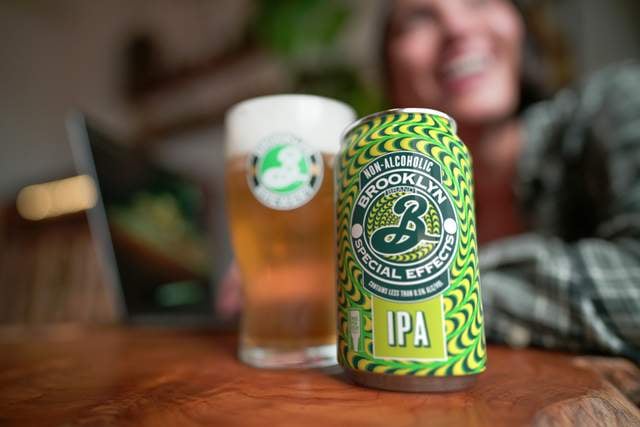
Once but a sliver of the global beverage alcohol market, no- and low-alcohol beer/cider, wine, spirits, and ready-to-drink (RTD) products grew by more than +6 percent in volume in 10 key global focus markets in 2021, and now command a 3.5 percent volume share of the industry, according to a new study published by IWSR Drinks Market Analysis, the global leader in alcohol data and analysis.
Among the 10 focus markets examined in the 2022 IWSR No- and Low-Alcohol Strategic Study (Australia, Brazil, Canada, France, Germany, Japan, South Africa, Spain, the United Kingdom, and the United States), the market value of no/low alcohol in 2021 was just under US$10 billion, up from $7.8 billion in 2018. The IWSR forecasts that no- and low-alcohol volume will grow by +8 percent compound annual growth rate (CAGR) between 2021 and 2025, compared to regular alcohol volume growth of +0.7 percent CAGR during that same period.
“While January has become a popular month for people to cut back or abstain from alcohol, interest in no- and low-alcohol drinks has increasingly become a year-round trend among consumers across the world,” says Emily Neill, COO of IWSR Drinks Market Analysis. “To meet that demand, beverage alcohol companies have invested heavily to introduce a number of innovative new products, and many established mainstream brands have recently crossed over to develop no/low alcohol versions of their popular beer, wines, and spirits.”
No-alcohol is the growth driver over low-alcohol
Beer/cider is the largest no/low category (at 75 percent volume share), with no-alcohol beer projected to drive growth at more than +11 percent CAGR over the study’s 2021-2025 forecast period. No-alcohol RTDs and no-alcohol spirits are both expected to post about +14 percent CAGR volume growth. The wine category is the exception, as the taste of low-alcohol wine is perceived by many consumers to be superior to that of no-alcohol wine. Low-alcohol wine is expected to grow almost +20 percent CAGR 2021-2025, vs. no-alcohol wine projected at +9 percent CAGR.
By Volume, Germany dominates no/low alcohol, followed by Spain, the United States Japan and the United Kingdom. Volume of no- and low-alcohol products in Germany is more than three times that of the next-largest no/low market, Spain. Both Germany and Spain clocked volume increases of about +2 percent in 2021, while the United States grew by +31 percent and the UK by +17 percent. Total volume of no/low products in Japan registered a small decline (-1 percent) last year.
While Germany and Spain are the larger and more mature markets for no/low alcohol, the UK and the United States are two of the most dynamic ones and are growing at a faster rate. The no/low alcohol segment in the US is forecast to grow by +28 percent volume CAGR 2021-2025, and the UK’s at +6 percent.
Who is the no/low consumer?
Moderation is the most common use of no/low products, with significant cross-over between no/low and alcohol consumers. According to the new IWSR research, 43 percent of adults across the focus markets who have purchased no- and low-alcohol beverages say they are substituting those products in place of full-strength alcohol for certain occasions, rather than abstaining from alcohol overall. The majority of no/low drinkers also enjoy standard strength alcohol too — only 17 percent of people report they are drinking no/low to avoid alcohol completely. The country with the largest proportion of alcohol abstainers is the US, with 23 percent of no/low drinkers avoiding alcohol completely.
Why do consumers choose no/low products?
Among adults who have purchased no/low alcohol, 37 percent of people say the reason for doing so is to avoid the effects of drinking alcohol. A third of drinkers buy no/low alcohol because they enjoy the taste.
Demographics and occasions for no/low alcohol
While evening occasions at home — including socializing and mealtimes — are the most popular times for no/low beverages across all demographics, millennials and higher-income consumers across markets are more likely to use no/low products to unwind or post-exercise. The IWSR study found that only 5 to 6 percent of no/low consumers drink it after 11 p.m. Many no/low brands targeting late night partying and dark spirits occasions have found it tougher to gain consumer acceptance.
“The no/low alcohol market is still very much in its early growth stage in many categories and geographies, as the sector continues to define itself,” adds Neill. “Brands that will ultimately dominate in the no/low space are those that are successful in navigating the barriers of taste, price, pack format, availability, and overall consumer education.”

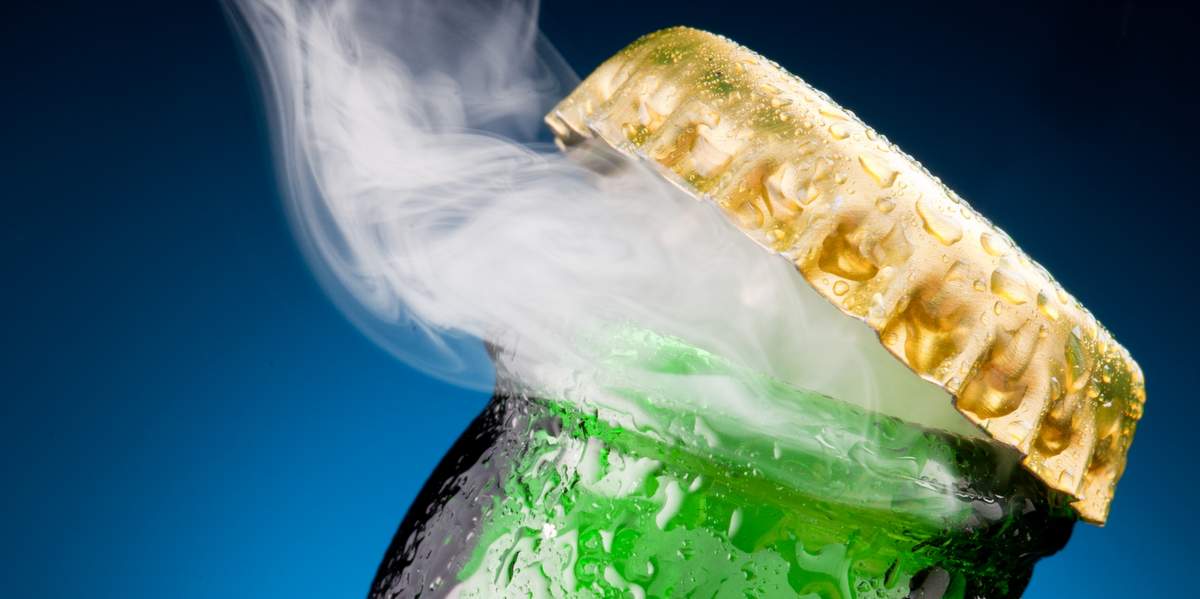
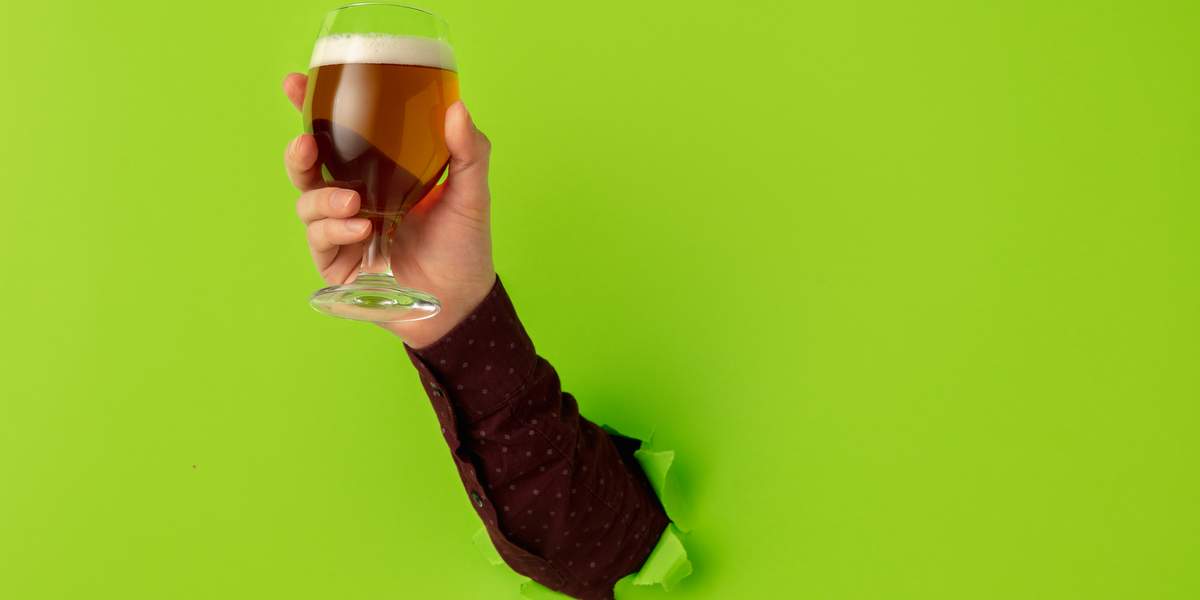
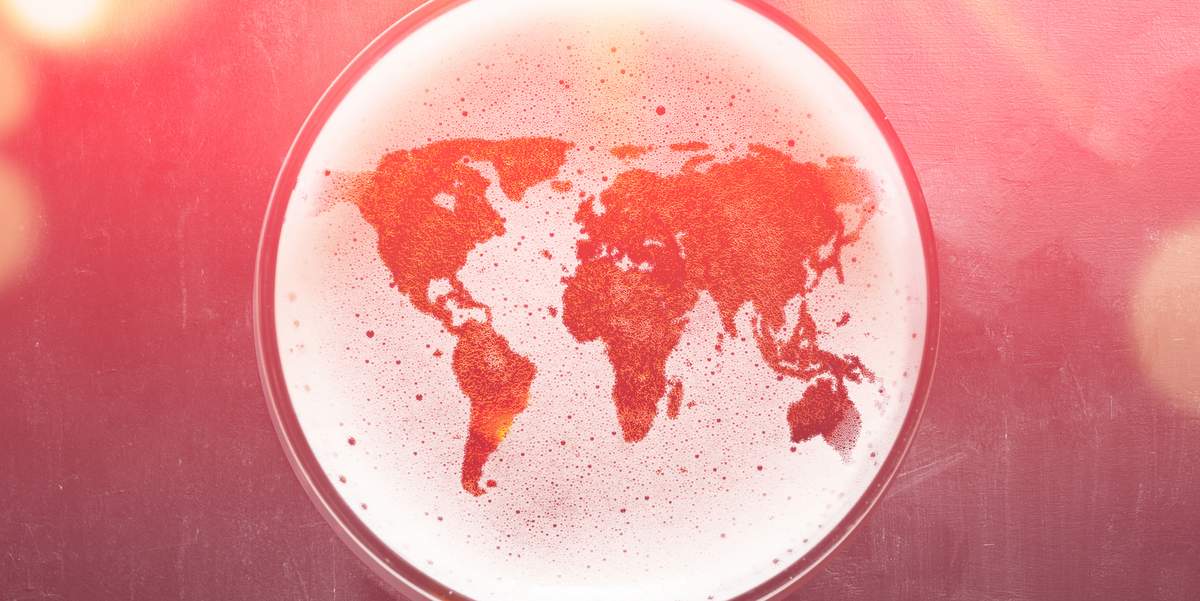
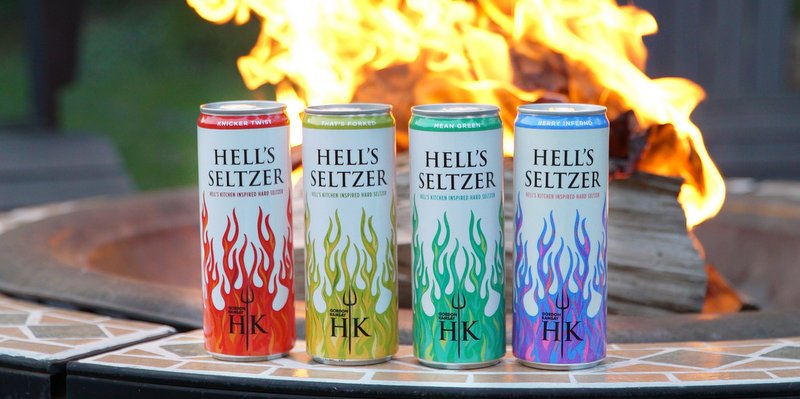
Leave a Reply
You must be logged in to post a comment.